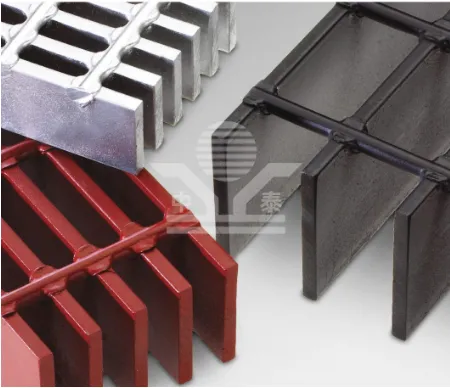Soundproofing Materials Enhancing Acoustic Comfort in Your Environment
In today's fast-paced world, where the hustle and bustle of daily life can often be overwhelming, the demand for soundproofing materials has become increasingly essential. Whether in a busy urban environment or a serene suburban setting, controlling noise levels has significant implications for comfort, productivity, and overall well-being. This article explores various soundproofing materials, their applications, and how they contribute to creating quieter, more peaceful spaces.
Understanding Soundproofing
Before delving into specific materials, it’s important to understand the concept of soundproofing. Soundproofing refers to the methods and materials used to reduce the transmission of sound from one area to another. This can be crucial for homes, offices, and public spaces where noise pollution can affect work efficiency, sleeping patterns, and even mental health.
Types of Soundproofing Materials
1. Absorbent Materials These materials are designed to absorb sound waves, reducing their energy and preventing them from bouncing back into the room. Common absorbent materials include
- Acoustic Foam Often seen in recording studios, acoustic foam panels feature a wedge or pyramid shape that traps sound waves, preventing echo and reverberation. - Carpets and Rugs Thick carpets and area rugs help absorb sound, making them effective in reducing noise in residential spaces. They are particularly valuable in multi-level homes.
2. Mass-Adding Materials The principle behind mass-addition soundproofing is simple heavier materials tend to block sound better. Examples include
- Mass Loaded Vinyl (MLV) This dense and flexible material is often used in walls, ceilings, and floors. Its weight and density provide excellent sound-blocking capabilities, making it a popular choice for soundproofing projects. - Concrete and Brick For new constructions or renovations, using concrete or brick walls can significantly reduce sound transmission due to their mass.
soundproofing materials

3. Decoupling Materials These materials work by separating surfaces, thus reducing the transmission of sound vibrations. Common decoupling techniques include
- Resilient Channel This metal channel system creates an air gap between drywall and joists, helping to minimize sound transmission in walls and ceilings. - Sound Isolation Clips These clips further enhance sound isolation by allowing drywall to float, reducing direct contact with building structures.
4. Sealing Materials To effectively soundproof a space, it’s crucial to seal gaps and cracks where sound can infiltrate. Options include
- Acoustic Caulk A special type of sealant designed for soundproofing, acoustic caulk remains flexible, filling gaps in walls and around windows to block sound leakage. - Weatherstripping Using weatherstripping on doors and windows can significantly reduce outside noise levels, creating a more tranquil indoor environment.
Applications of Soundproofing Materials
The application of soundproofing materials varies across different settings. In residential areas, homeowners may look to soundproof bedrooms, home theaters, or music rooms. In commercial spaces, offices may utilize soundproofing techniques to minimize distractions and enhance employee productivity. Additionally, schools and hospitals benefit from soundproofing to maintain a peaceful atmosphere, crucial for effective learning and healing.
Conclusion
Investing in soundproofing materials can lead to a significant enhancement in the quality of life. By understanding the various types of materials available, individuals and businesses can make informed decisions that cater to their specific acoustic needs. Ultimately, effective soundproofing not only promotes comfort but also fosters environments where creativity, concentration, and relaxation can flourish.
-
Why Galvanized Trench Cover Steel Grating Resists Corrosion
NewsJul.10,2025
-
The Versatility and Strength of Stainless Expanded Metal Mesh
NewsJul.10,2025
-
Load Calculations in Steel Grating Platforms
NewsJul.10,2025
-
Keeping Pets and Kids Safe with Chicken Wire Deck Railing
NewsJul.10,2025
-
Hole Diameter and Pitch for Round Perforated Metal Sheets
NewsJul.10,2025
-
Aluminium Diamond Mesh in Modern Architecture
NewsJul.10,2025
Subscribe now!
Stay up to date with the latest on Fry Steeland industry news.

